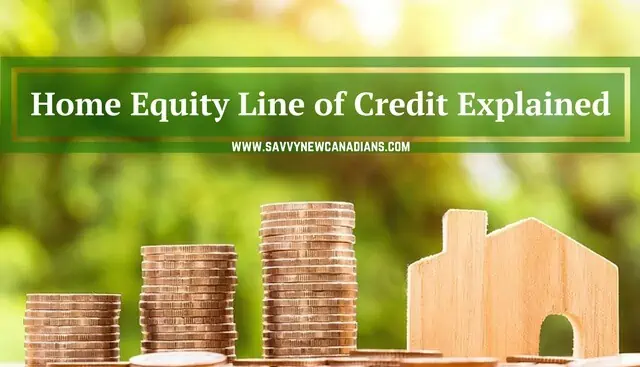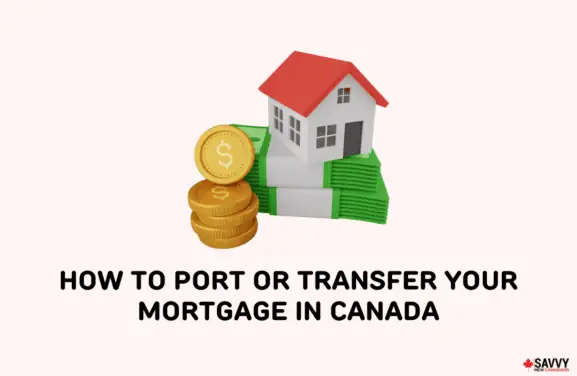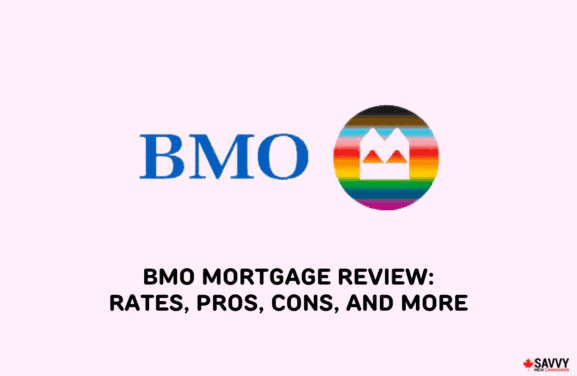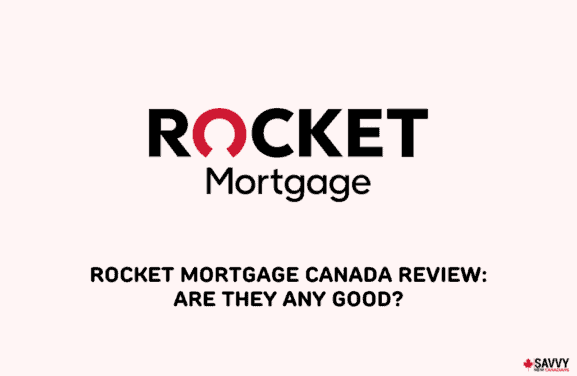While the terms Home Equity Line of Credit (HELOC) and Home Equity Loan may appear similar to someone new to Canadian real estate terminologies, they mean different things, and I will attempt to clarify that in this article.
Find out how a HELOC works below. For more about mortgage and real estate terms and definitions, check out this article.
What Is A HELOC?
A home equity line of credit is a revolving line of credit secured against your property or home.
Like any other credit (for example, credit cards), you are loaned money at a specific interest rate and required to make minimum monthly payments on the amount of money you borrow.
Interest rates on a HELOC are usually tied (indexed) to the prime rate and will fluctuate over time, i.e. variable interest rate.
You can borrow up to 65% of the value of your home through a HELOC. When combined with your amortizing mortgage, you can borrow no more than 80% of the value of your home.
Essentially, since your total loan-to-value ratio cannot exceed 80%, to access a HELOC, you should have accumulated at least 20% equity in your home.
How Does a Home Equity Line of Credit Work?
Assume your house is valued at $450,000. Applying a maximum loan-to-value of 80% amounts to a total of $360,000.
If you still owe $300,000 on your mortgage, then the maximum HELOC you can borrow against your home is $60,000 (i.e. $360,000 – $300,000).
To qualify for a HELOC, you will need to meet the minimum requirements:
- 20% to 35% equity in your home
- Good credit score
- Adequate income to cover your expenses
- Low debt-to-income ratio
You will also need to pass a “stress test” if you apply for a home equity line of credit from a federally-regulated bank.

HELOC vs. Home Equity Loan
A Home Equity Loan differs from a HELOC in that funds are made available to the homeowner on a one-off, lump-sum basis. The interest rate on the loan is usually fixed and higher than for a HELOC.
Like a conventional term mortgage with fixed interest, fixed monthly payments that include both principal and interest are required when you take out a home equity loan.
A home equity loan is also called a “second mortgage.”
Advantages of a HELOC
1. Ongoing access to funds when needed: A HELOC provides funds that can be used for major projects such as home renovations, investing, down payment for a second property, kid’s college tuition, and debt consolidation.
2. Pay interest only on amounts withdrawn: You only pay interest on the amount withdrawn and don’t have to pay interest if no debts are outstanding.
3. HELOCs are Open: Funds can be used for whatever you want and whenever. You can borrow, pay, and re-borrow money from your HELOC. You can also pay back the entire principal loan without incurring penalties.
4. Secured loan = lower interest: Interest rates offered for HELOCs are usually lower than those available through other lines of credit. This is because your home is being used as collateral, and the loan qualifies as low-interest debt.
5. Interest paid may be tax-deductible: If you use funds from your HELOC to invest in the financial markets, the interest paid on that portion of the loan may be tax-deductible.
There is also a strategy developed by Fraser Smith and known as the “Smith Manoeuvre” that can make your mortgage tax-deductible. Read more about this strategy here.
6. Interest-only payment: HELOCs allow you to only pay interest for a period of time (draw period).
Disadvantages of a HELOC
1. You accumulate debt: Debt can sometimes be a good thing (like if you are putting borrowed funds towards a worthwhile business venture or investment).
However, if you’re just piling on debt (credit cards, personal loans, HELOC) to fund a lavish lifestyle without a proper plan to pay it back quickly, you can get into serious financial trouble.
2. You can lose the roof over your head: Following from the point above, you can lose your home if you’re unable to make payments on your loan when required. Life happens…loss of a job, accidents, divorce, market crashes, etc. The lower your debts, the easier it may be to weather the storm.
3. Interest rates may rise: Interest rates on your HELOC can change – increase or decrease depending on market conditions. If rates rise significantly, it may impact your ability to pay down your debt.
Final Thoughts
Depending on what your plans or circumstances are, a HELOC can be a great financial tool. However, properly assess your finances and intentions before proceeding to apply for a HELOC (and any loan for that matter!).
You should probably not be applying for a HELOC to finance day-to-day necessities, unnecessary purchases/luxuries, and if you are drowning in other consumer debt (unless it’s part of a well-thought-out debt consolidation and repayment plan).
Also Read:




Remember, with a HELOC there may be a cost to set up, sone financial institutions require the owner to pay for a home assessment, and when you decide to terminat, there are discharge fees, whether or not you ever tap into the HELOC.
Hello, I was wondering about HELOC on a rental property – how can you deduct the interest?
Thank you!
@Audrey: Assuming the HELOC is being used for the rental property, I would think so.
I have a fixed income. If I use a HELOC for purchasing a rental property, can I use the tax dedectible interest against my fixed salary income if the rental income is 0 ? Thanks.
@Luke: I would advise speaking with an accountant to ensure you don’t run afoul of tax laws. My quick take is that it depends on how your rental is set up i.e. is it a separate business entity? If it is a separate business entity (e.g. corporation), you will be expected to file its taxes separately. If the rental is set up as a sole proprietorship and income generated is included in your personal tax return, then interest could be deductible as such. That said, I am not an accountant, so not 100% sure.